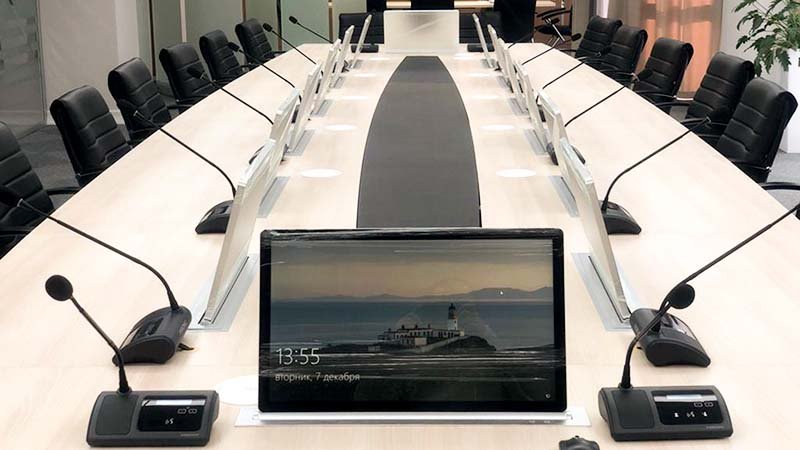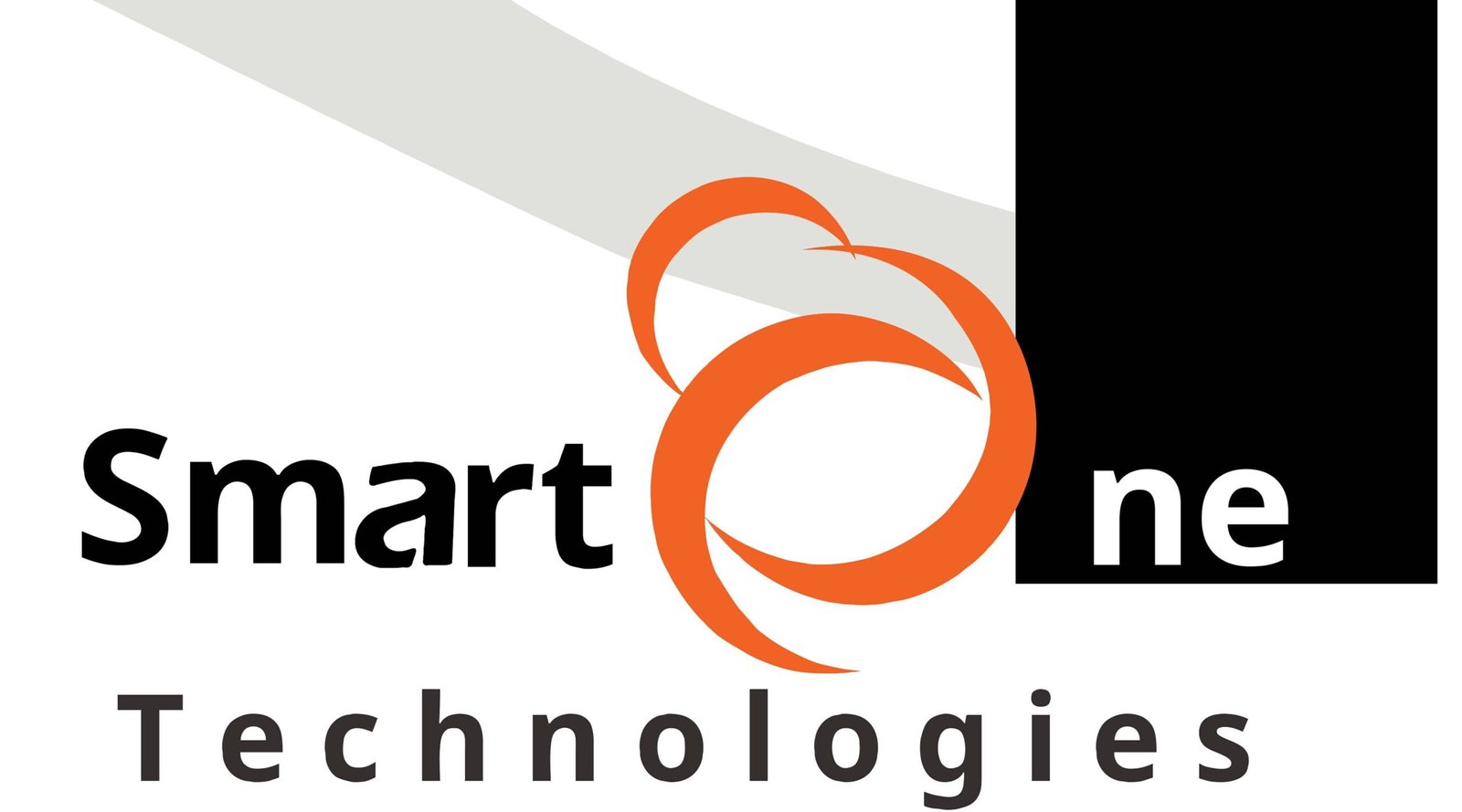In the fast-paced world of business today, Effective communication and collaboration are essential to be successful. Due to the increasing use of remote working and international teams, the need for effective conference solutions has never been greater. From small-scale businesses to multi-national enterprises, companies are making use of conferences to connect groups, partners, and clients seamlessly. Let’s dive deeper into the realm of conference systems for a deeper understanding of their value as well as their capabilities.
Types of Conference Systems
- Audio Conference Systems
Audio conference systems permit users to make audio calls across different sites. The systems usually include phones, VoIP (Voice over Internet Protocol) services, or specific audio conferencing equipment.
- Video Conference Systems
Video conference systems allow live video communications, providing the most immersive experience as compared to only audio calls. The participants can view each other or share slides, as well as work together visually, increasing participation and understanding.
- Web Conference Systems
Web-based conference systems incorporate audio and video features with screen sharing and other tools that are accessible via web browsers. These systems allow virtual meetings, webinars, and online-based presentations, which makes them a great choice for different purposes.
Key Components of a Conference System
- Hardware Components
Convention systems typically need hardware elements such as microphones and speakers, cameras, and monitors for video and audio transmission. The best equipment ensures clarity of communication and also enhances users’ experience.
- Software Components
Software is a key component in the conference system, offering an interface to manage the scheduling of meetings, making calls, and sharing information. From standalone apps to platforms that integrate software options, they offer various capabilities to suit specific requirements.
Benefits of Using Conference Systems
- Improved Collaboration Conference systems eliminate geographic barriers and allow teams to work live, in real-time, no matter the geographical location.
- Cost savings: By reducing travel costs and the time it takes to commute, the conference system can offer substantial business cost savings.
- Enhances Productivity In addition to seamless communication and efficient meetings, these conference technologies can boost efficiency and improve the process of decision-making.
- Flexible: Whether conducting meetings in the field or at the convenience of home, the conference system allows for flexibility in modern office spaces.
Factors to Consider When Choosing a Conference System
In selecting a conference solution, companies should take into consideration aspects like scalability, compatibility with audio/video, quality of the video, security, and ease of use. Examining these factors ensures the selected system is in line with the needs and goals of the business.
Top Conference System Providers
Many reputable businesses offer conference systems options, such as Cisco Webex Zoom, Microsoft Teams, Google Meet, and GoToMeeting. Each company has its unique features and pricing plans that are designed to meet the specific needs of each user.
How to Set Up a Conference System
The setup of a conference includes:
- Installing the required hardware and software components.
- Setting the settings.
- Conducting tests of the connectivity.
Specific instructions for setting up are generally supplied by the company that hosts the system or the IT support team.
Best Practices for Effective Conference Calls
For maximum effectiveness on the conference calls, participants should follow best practices, for example:
- Make a Plan in Advance: Familiarize yourself with the schedule and other documents that are shared prior to the event.
- Testing Equipment: Check that your audio or video and internet connections are functioning properly prior to the call.
- Reduce Distractions Find a quiet place and turn off your phone in silence to cut down on background disturbances.
- Engage Involvement: Participate actively in conversations, ask questions, and participate in the discussion.
- Follow-up: Recap action items as well as decisions made during the conference and then follow up with participants following the call if needed.
Challenges and Solutions in Conference Systems
Although conference systems provide a variety of advantages, they can also pose problems such as technical difficulties or connectivity problems. They also pose security problems. Making sure you have robust security precautions in place as well as regular maintenance, as well as user education can help you overcome these issues effectively.
Future Trends in Conference Systems
The future of meeting systems is set to be revolutionary, thanks to advances in artificial intelligence (AI), virtual reality, and augmented reality transforming the future of conference technology. Technologies like real-time translation, immersive virtual worlds, and AI-powered meeting assistants are likely to change the way that teams communicate remotely.
Conclusion
Conference systems are essential instruments for businesses today that facilitate effortless communication and collaboration around the globe. With the appropriate technologies and the most effective practices, businesses can conquer geographic barriers, improve efficiency, and be relevant in today’s competitive marketplace.
Unique FAQs
- What do I require for the basic system for a conference?
-
- In order to set up your basic configuration, it is necessary to have a laptop, desktop, or mobile phone connected to the internet as well as a webcam, microphone, headphones, or speakers.
- Is the conference system’s security secured against cyber-attacks?
-
- The majority of reputable providers of conference systems have robust security measures in place to safeguard user information and communications. However, it is important to adhere to best practices, such as making use of strong passwords and enabling encryption to increase security.
- Can conference systems be used to host large-scale meetings that have multiple participants?
-
- Many conference software systems allow for scalability, allowing huge gatherings that have hundreds or perhaps thousands of people. However, their performance will differ based on the device’s capacities and bandwidth of the network.
- What can I do to ensure the smoothest conference call experience?
-
- To make sure that the experience is smooth, the participants must have a reliable internet connection or use compatible devices and limit background noise. Also, following the best guidelines for proper conduct and interaction will enhance your overall user experience.
- What are other applications for conference systems besides business gatherings?
-
- The conference systems are used for a myriad of reasons other than meetings for business, such as remote learning, virtual events, appointments via telemedicine, and social gatherings.



0 Comments on “Beyond: Revolutionizing Collaboration with Conference Systems”